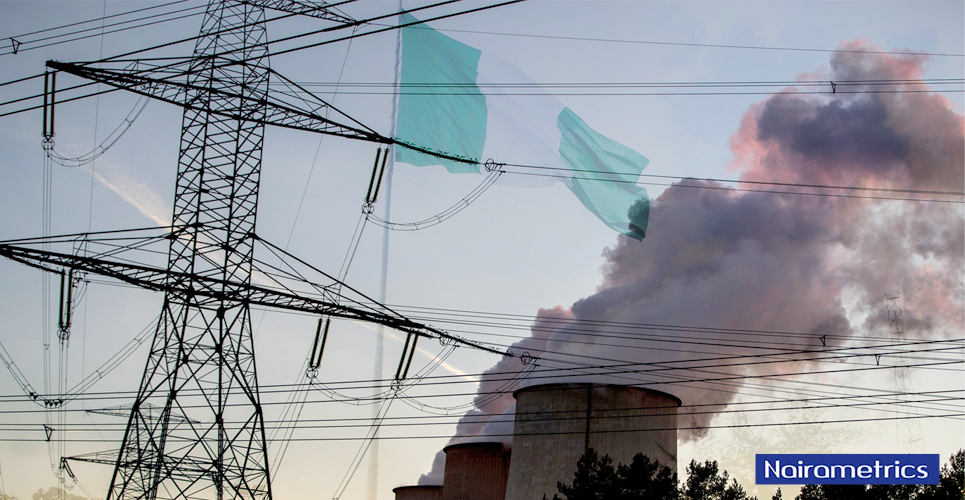Key highlights
- Nigeria’s national grid is not considered to be dirty, probably because the country is not yet at full electrification capacity.
- Nigeria depends on natural gas-powered plants, hydropower plants as well as solar home systems (SHS) for its electrification.
- The power sector is the biggest emitter of all sectors, responsible for about 40% of total global energy-related carbon emissions.
Good news – Nigeria is not listed as one of the countries with the dirtiest electricity grids in the world.
The list, as released by British think tank Ember in its 2023 Global Electricity Review, contains countries that have dirty electricity grids due to high carbon emissions from their electricity sectors.
According to the review, the global electric power sector is the biggest carbon emitter of all sectors, responsible for about 40% of total global energy-related carbon emissions. A part of the Review stated:
- “In 2022, emissions from electricity generation increased to 12,431 million tons of CO2, reaching a new all-time high. To limit global warming to 1.5C, they should instead be falling fast.
- “The top 10 absolute CO2 emitters responsible for generating 80% of global power sector emissions are China, the United States, India, the EU, Japan, Russia, South Korea, Saudi Arabia, Indonesia, and Iran. Meanwhile, the biggest emitters per capita are Bahrain, Qatar, Kuwait, Taiwan, United Arab Emirates, Saudi Arabia, South Korea, Kosovo, Australia, and the United States.”
Countries with the dirtiest electricity grids in the world
Highlighted below are ten countries with the dirtiest electricity grids-
- Kosovo
- South Africa
- Hong Kong
- Puerto Rico
- Kazakhstan
- Poland
- India
- Indonesia
- Morocco
- The Philippines
The Nigerian context
Nigeria’s absence from the list is good news. It also provides momentum for the country to continue to explore natural gas as a transition fuel that will ensure more energy security for its growing population.
he country’s electricity sector does not have as much carbon intensity as the countries on that list.
Nigeria has developed its National Gas Expansion Program (NGEP) to deepen the use of natural gas for varied purposes.
In case you missed it
During the ongoing Nigeria International Energy Summit (NIES), the Group Chief Executive Officer of the Nigerian National Petroleum Company (NNPC) Limited, Mele Kyari said the country seeks to use natural gas as an alternative transportation fuel, virtual gas supply to off-pipeline grid gas customers, and gas utilization as feedstock for developing gas-based industries.
It is also important to note that Nigeria has a relatively low electrification rate, with only about 60% of the population having access to electricity.
The government has therefore set a goal of achieving universal electrification by 2030, and renewable energy sources like solar and wind power are expected to play a significant role in achieving this goal.
Presently, Nigeria depends on three major sources for its electrification across rural and urban areas. These include natural gas-powered plants, hydroelectric power plants as well as solar home systems (SHS).
- Natural gas-powered plants account for the largest share of Nigeria’s electricity generation, producing about 85% of the country’s total electricity. The country is rich in natural gas reserves, making it a readily available and affordable energy source.
- Hydroelectric power plants generate about 14% of Nigeria’s electricity. The country has a few hydroelectric power plants, including the Kainji Dam and the Jebba Dam.
- Solar home systems (SHS) provide a source of electricity for many rural areas that are not connected to the national power grid. These systems typically consist of a solar panel, a battery, and a charge controller, and they are used to power lights, cell phones, and other small appliances.
There are local and foreign companies operating in Nigeria’s natural gas value chain and stakeholders in the hydropower sector.
The Rural Electrification Agency (REA), and other bodies are also expanding the country’s renewable energy value chain in households, businesses, and institutions.
Going forward, the country plans to increase capacity in all the aforementioned areas due to its growing population and rising electricity demand.
What you should know
According to the Ember Review earlier cited, Africa’s proportion of electricity demand growth met by clean sources has roughly doubled, from 23% between 2008-2015 to 61% between 2015-2022.
- · The Ember Review predicts that the first fall in fossil generation will happen in 2023. Based on the assumption that 2023 will see the average percentage growth rate of the last ten years for electricity demand (+2.5%, +726 Terawatt hours)
- Wind and solar generation (+19%, +641 Terawatt hours), and other clean power (+1.7%, +132 Terawatt hours). The Ember Review states further that if fossil generation doesn’t fall in 2023, it is certain that it will fall from 2024 when wind and solar will have had a further year of growth.















